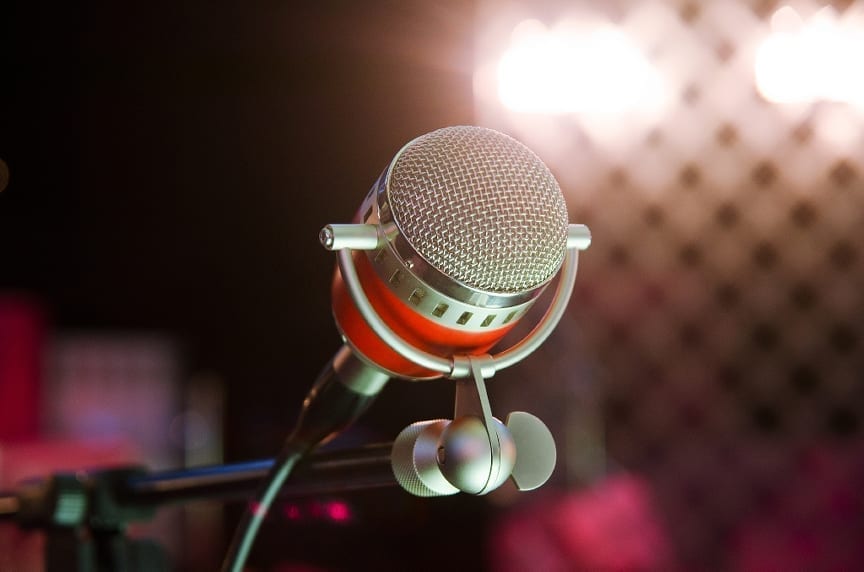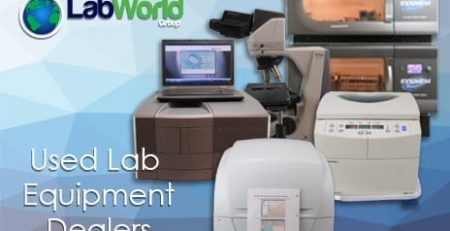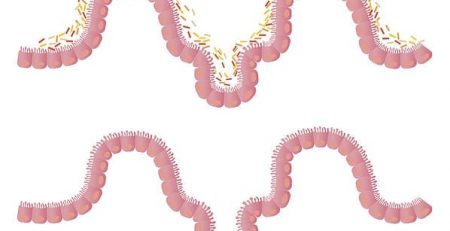Speech device created by a teenager
16-year-old Arsh Shah Dibagi from Panipat, India invented a device that would allow people with speech impairment or paralysis to communicated using just two different kinds of breaths. This was his Google science fair project. The devices people use for speech impairments, locked-in syndrome, or ALS can be expensive, bulky, and must be customized, which means not everyone can use the. This aspiring roboticist (some call him Robo) created a generic, fast, and portable AAC device that is affordable. The device is called Talk, and has two major parts: a wearable sensor placed near the nose and a processing unit about the size of a smartphone.
Based on Arsh’s project page, Talk converts two kinds of exhales–that knows the difference between the two by their different intensity and duration–into electrical signals by using a microphone chip that senses the pressure of breaths. The signals are handled by a microprocessor, which labels the short exhales as “dots”, while the longer exhales are made out as “dashes”. Similar to binary languages and Morse Code, the two kinds of breaths can be translated into words and sentences. These are sent to another microprocessor for synthesizing.
There are two modes: one to communicate in English and another to say certain commands or phrases. It also has nine different voices for males and females of different ages. The device was tested on Arsh himself as well as his family, and someone who has Parkinson’s. It was sucessful with each test run. The final version costs less than $100 and he hopes to ass auto-predictions to Talk and integrate it with smartphones and Google Glass.














